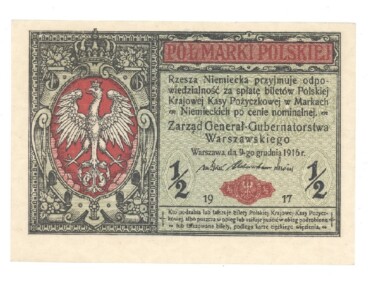German automotive industry at a crossroads
Kategoria: Business
One of the developments that have been taking place in the United States for several years has been drastically accelerated since the middle of 2008, and that is the amount of control over the economy that the state has been accumulating.
One of the major U.S. think tanks has calculated that currently about 60,000,000 Americans are primarily dependent on the state for threir income, about 20% of the total populations.
This is several orders of magnitude greater than at any previous period of U.S. history. It is part of the result of tUnitedhe governments of George W. Bush and Barack Obama choosing to deal with the severe recession of 2008-2009 by pouring public money (all of which had to be borrowed) into purchasing positions in numerous banks, as well as insurance and industrial companies. The American economic system can be considered in a transition period, towards what is sometimes referred to a state capitalism or corportivism, forms of social organization popular in Europe between World War I and World War II.
Another recent calculation discovered that for each dollar saved due to the „cash for clunkers” program last year, which was announced to have been a great success, the government actually spent $8.57 for every dollar saved! I’m sure the same is true of many if not all the other programs, TARP, etc.


